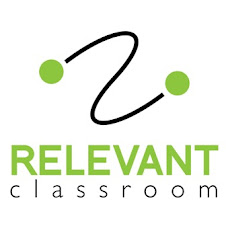· Relay homework to students within their team who missed a class
· Help take attendance by noting who is missing from their team
· Take notes and provide them to students who missed a class
· Complete group projects
· Complete various classroom duties

Students love working with one another. Establish a routine on the first day of school that shows students how certain tasks will be completed in your classroom during the semester. They can create their own rules and procedures, vote for how to complete certain tasks and determine roles within their team. Students will feel good about the trust you place in them, and you’ll feel good when you can say, “base teams” and students move into their teams and get busy. In addition to all of the great content you teach, students will learn an incredible amount about team work, communication, accountability and responsibility.
Leadership Development for July 31, 2008






